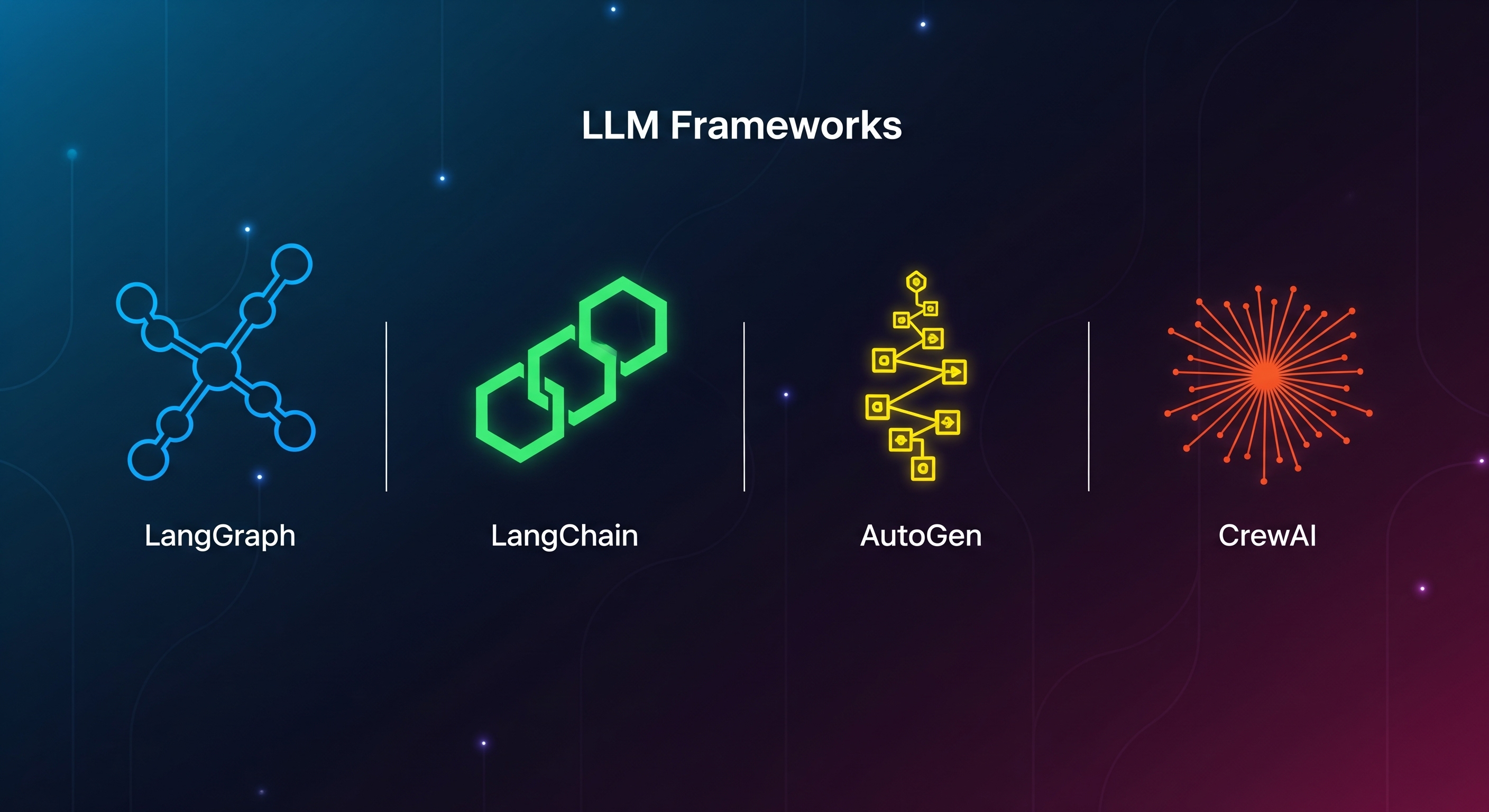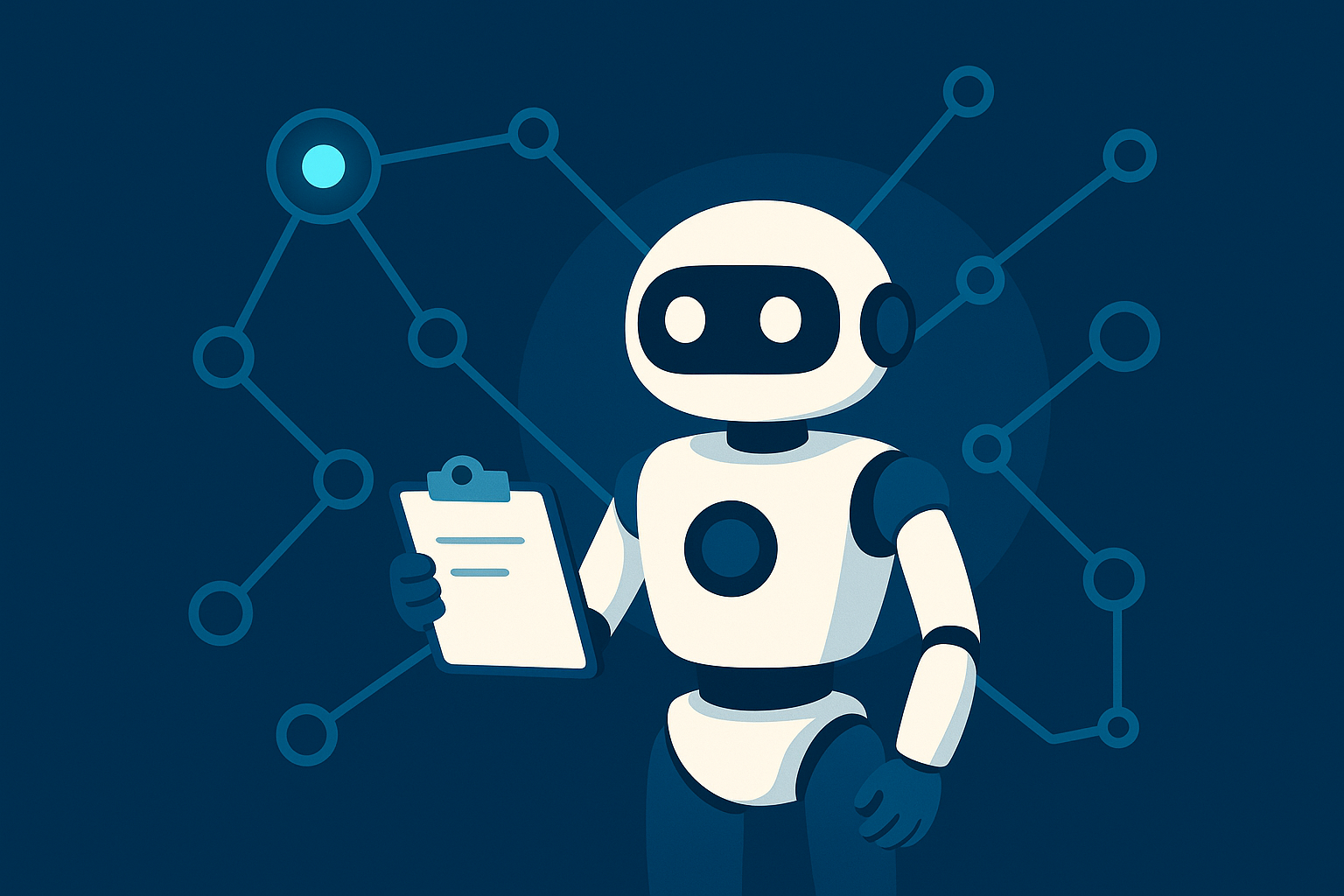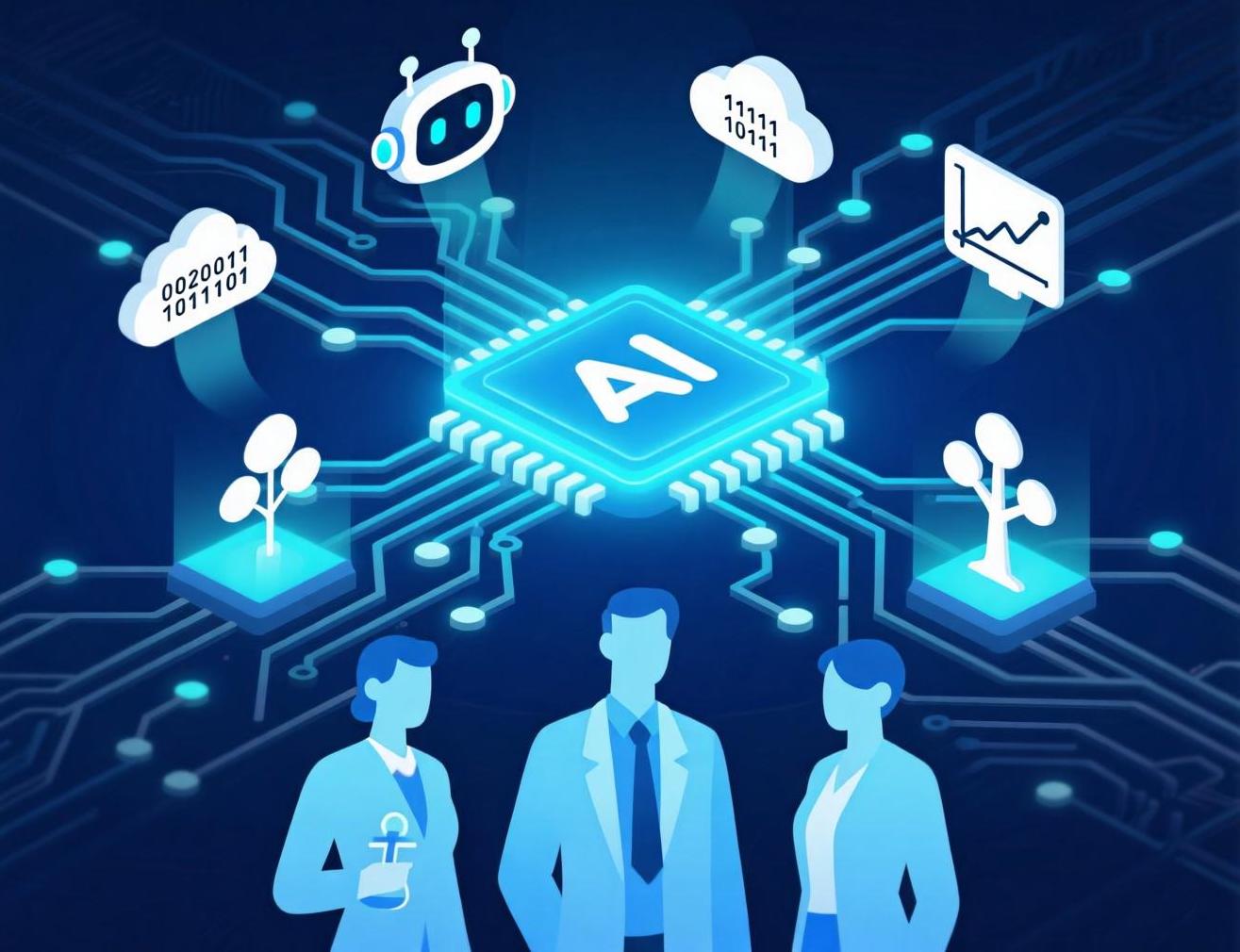MCP: The Future of AI Integration and Tool Orchestration

As AI applications evolve beyond basic question-answering, the need to seamlessly interact with external tools, APIs, databases, and file systems becomes critical. Traditionally, this has been done using function calling—writing specific API integrations for each tool the AI needs to use. But as complexity grows, this approach quickly becomes unsustainable.
Enter the Model Context Protocol (MCP)—a powerful new framework that simplifies tool orchestration and brings a plug-and-play interface for integrating AI with real-world resources.
Why MCP?
The image above beautifully illustrates the distinction between traditional function calling and the MCP approach.
🔵 Without MCP:
Each AI application must be hardcoded to call specific APIs. This tightly couples the app with the tools it uses, resulting in:
- Rigid and repetitive code
- Complex maintenance as tools change
- Difficult scaling as more integrations are added
🔴 With MCP:
Instead of directly calling APIs, the AI app becomes an MCP Client, sending requests through a central MCP Server. The server handles tool selection, API orchestration, and prompt generation based on capabilities. Benefits include:
- Loose coupling between the AI app and tools
- Dynamic tool selection at runtime
- Cleaner, reusable workflows
How MCP Works: A Step-by-Step Workflow
The bottom half of the image explains the MCP Workflow in detail:
1. Prompt and Intent Analysis
A user sends a request—for example:
“Can you fetch the latest stock price of AAPL?”
MCP Hosts (like chat apps, IDEs, or AI agents) perform intent analysis to understand the user's goal.
2. MCP Client Orchestration
The MCP Client:
- Orchestrates the request
- Notifies the Transfer Layer
- Samples relevant context and capabilities
3. Transfer Layer Communication
This layer bridges the client and the server:
- Sends an initial request to the MCP Server
- Gets a response indicating what tools or APIs to invoke
4. MCP Server Logic
The server:
- Selects the right tool (e.g., a finance API)
- Constructs the request (prompt/resource/capability)
- Invokes APIs on external tools like web services, databases, or files
5. Tool Invocation and Response
The server returns the result to the client, and the final response is delivered to the user.
Why This Matters
MCP transforms how AI applications interact with the world. Instead of being locked into static functions, AI becomes dynamic, composable, and capable of context-aware decisions.
Whether you’re building chatbots, IDE assistants, or autonomous agents—MCP gives you a scalable, modular architecture that’s easier to build, debug, and extend.
Final Thoughts
The Model Context Protocol represents a shift in how we think about AI-tool integration. It abstracts away the complexity of managing individual APIs and replaces it with a flexible, scalable, and intelligent architecture.
See more blogs
You can all the articles below

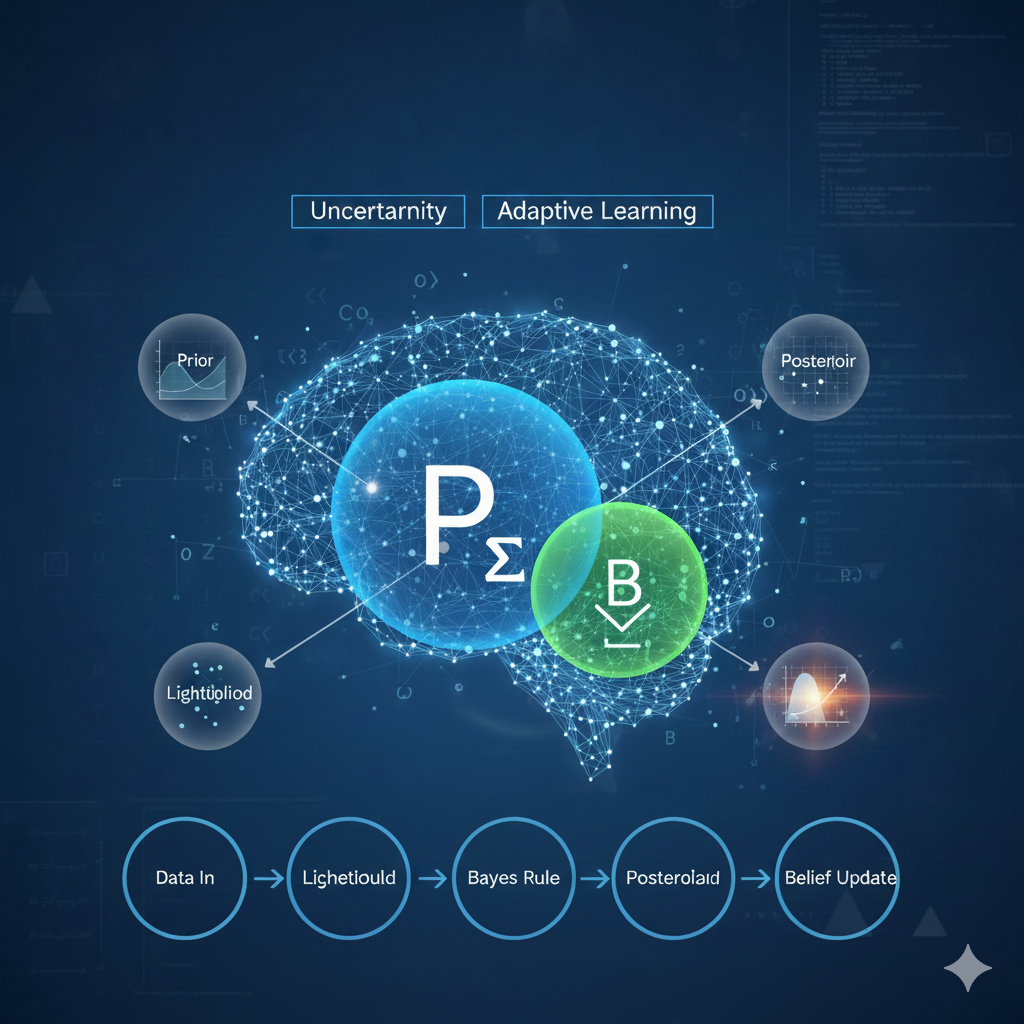

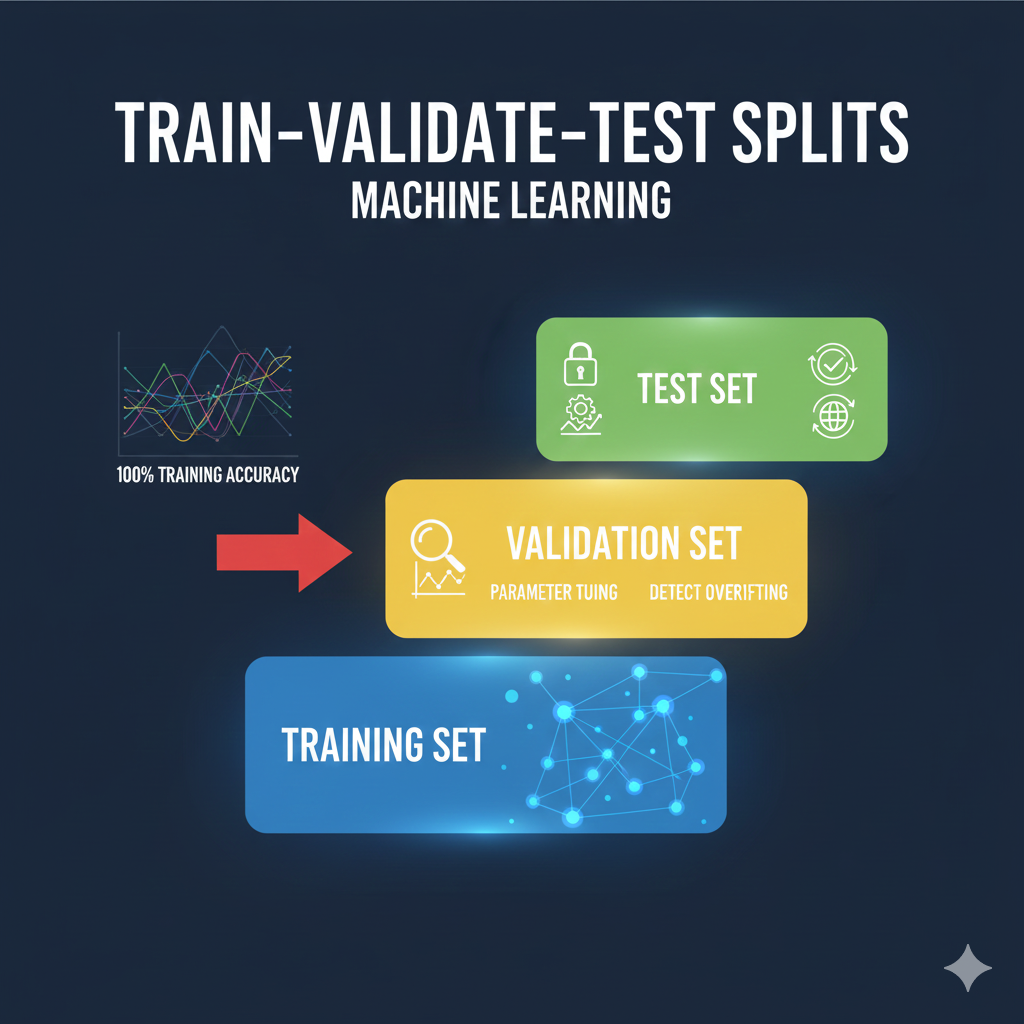

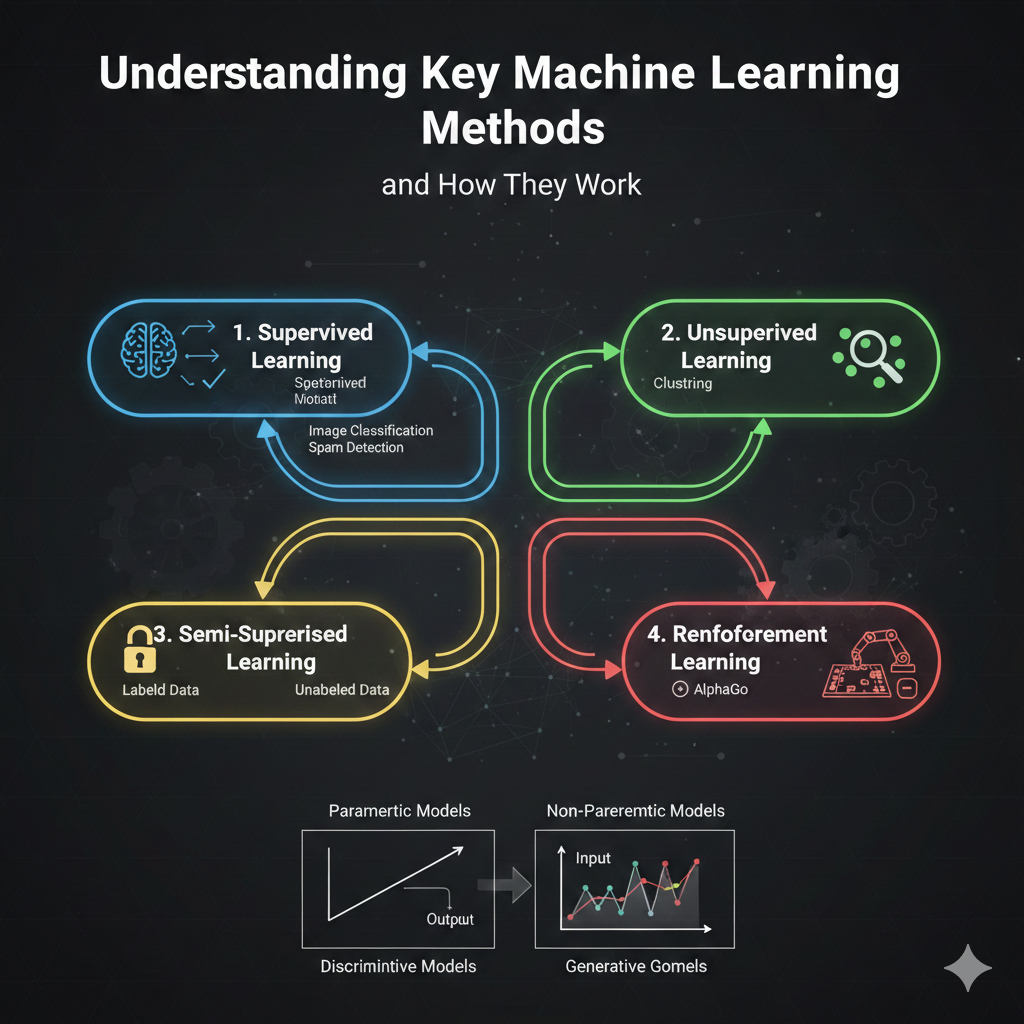

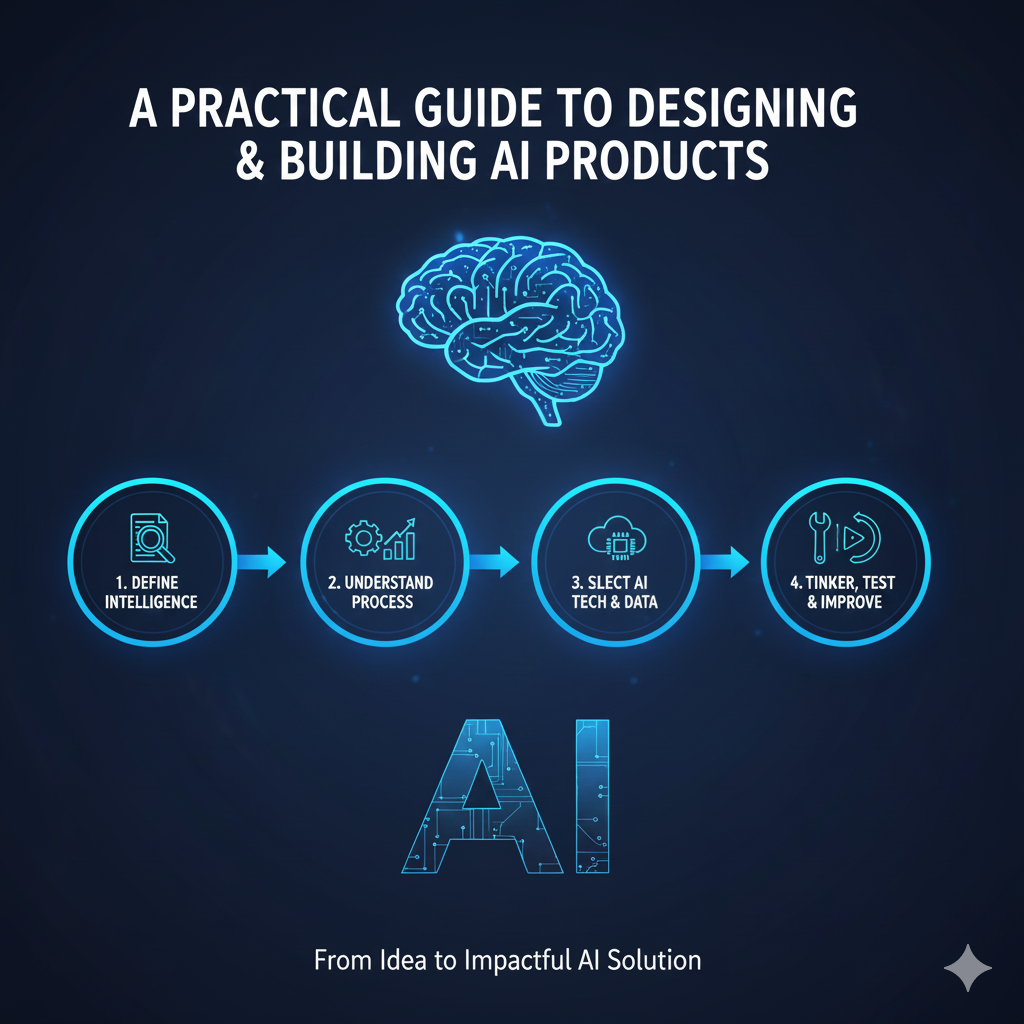
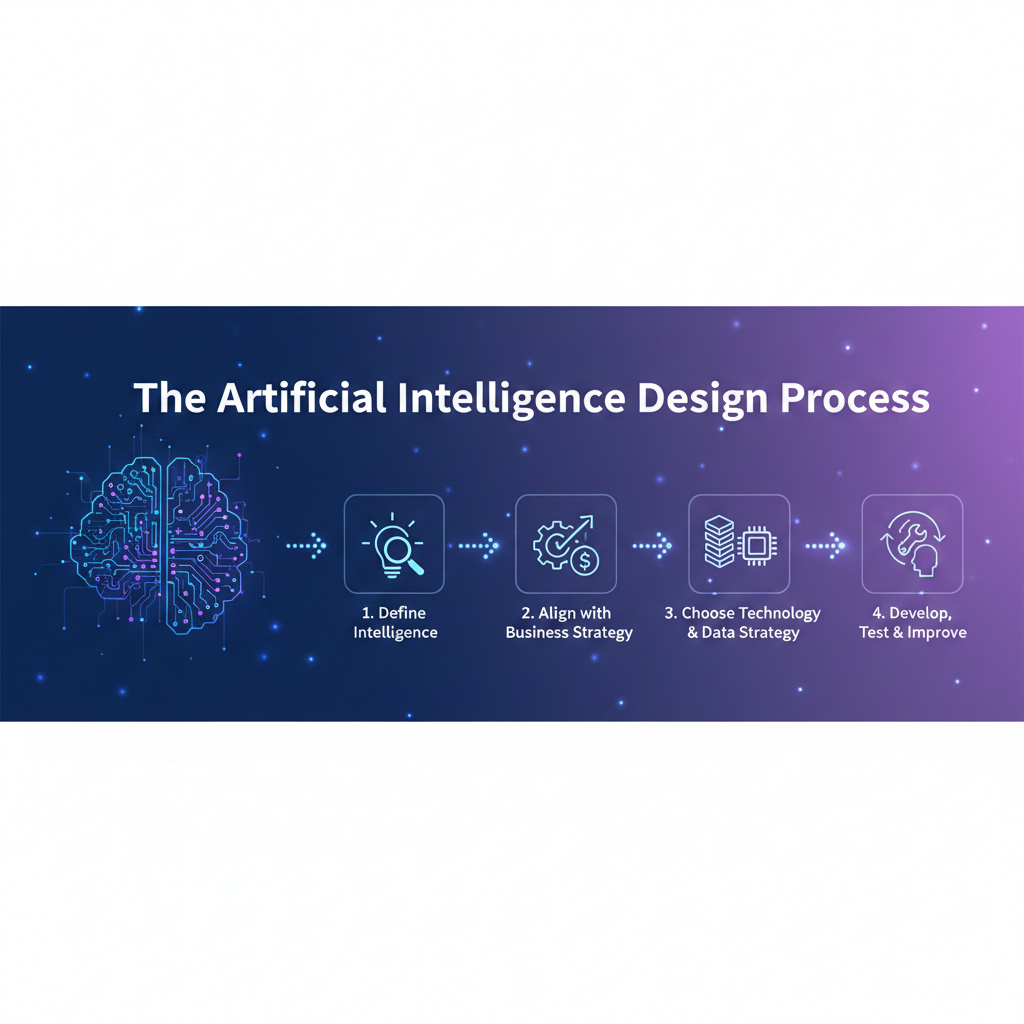
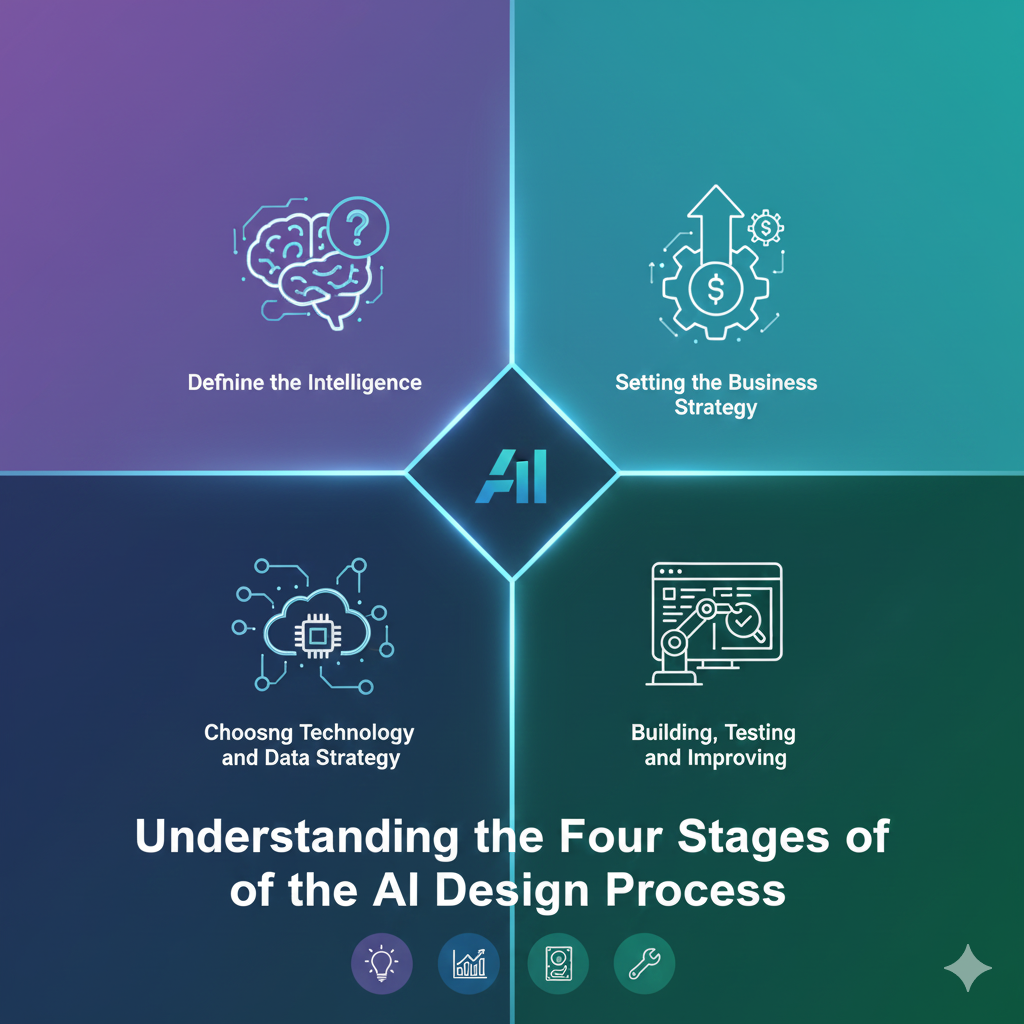
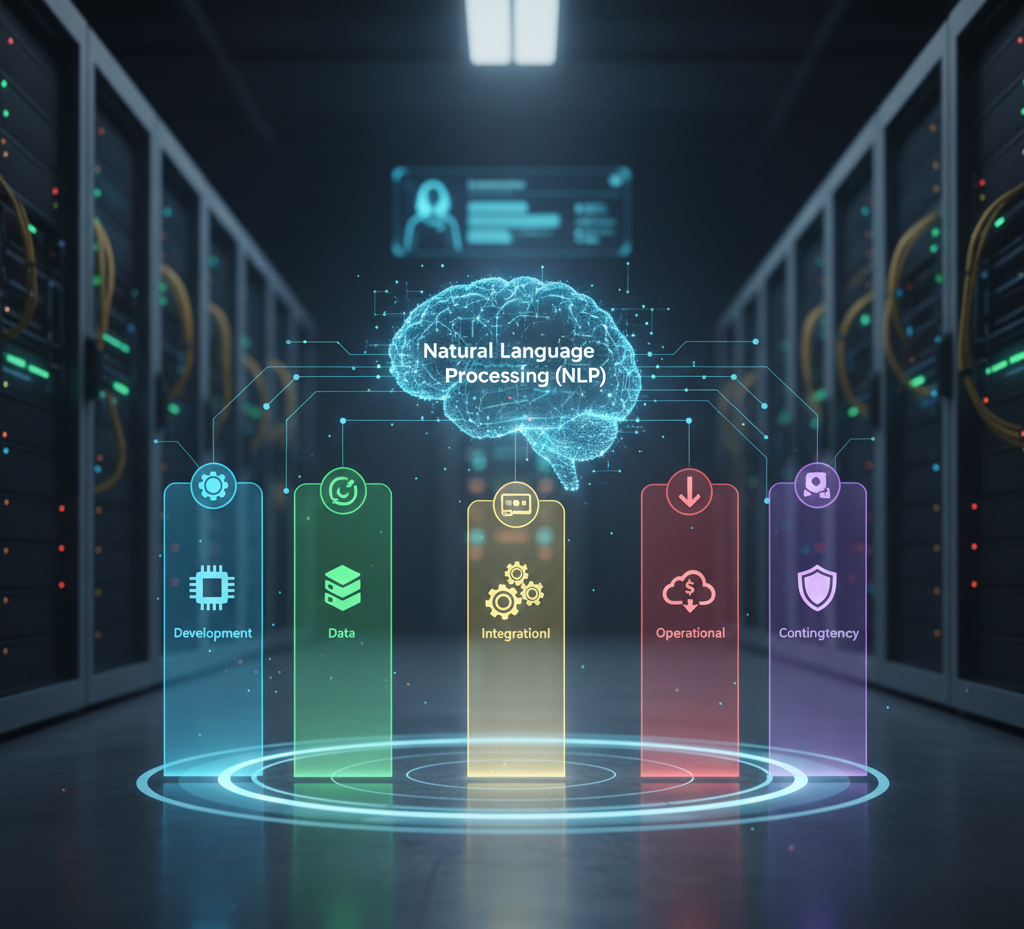
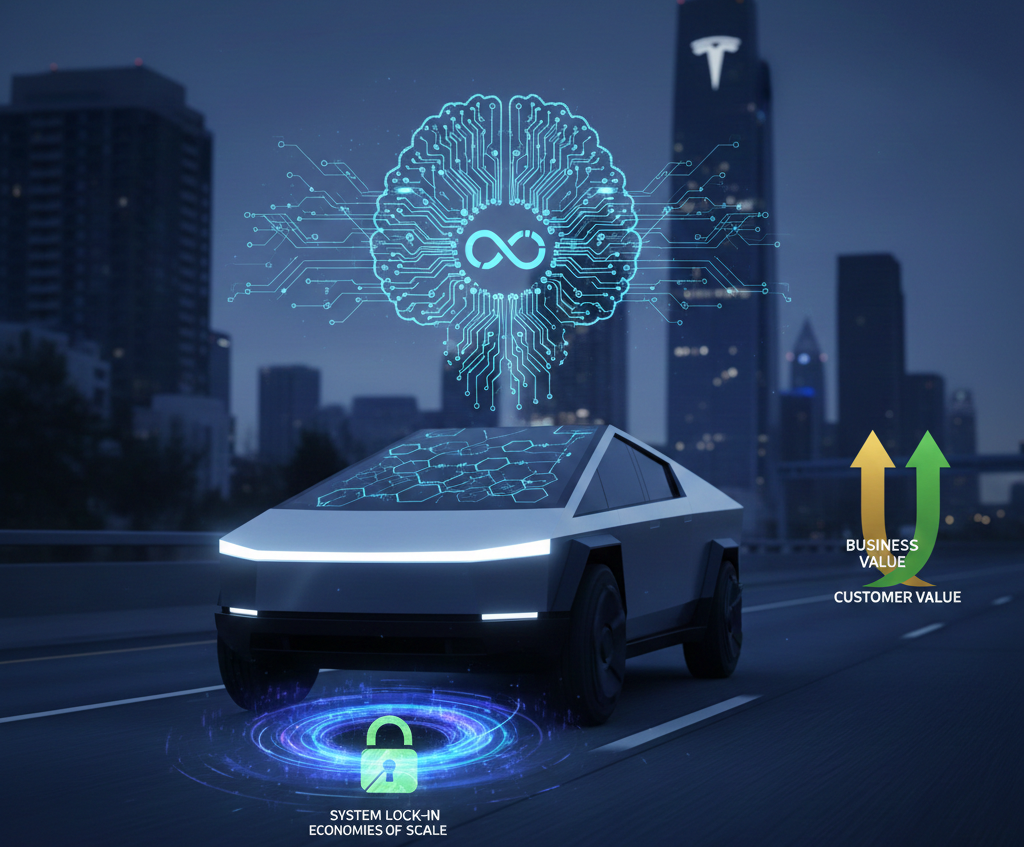
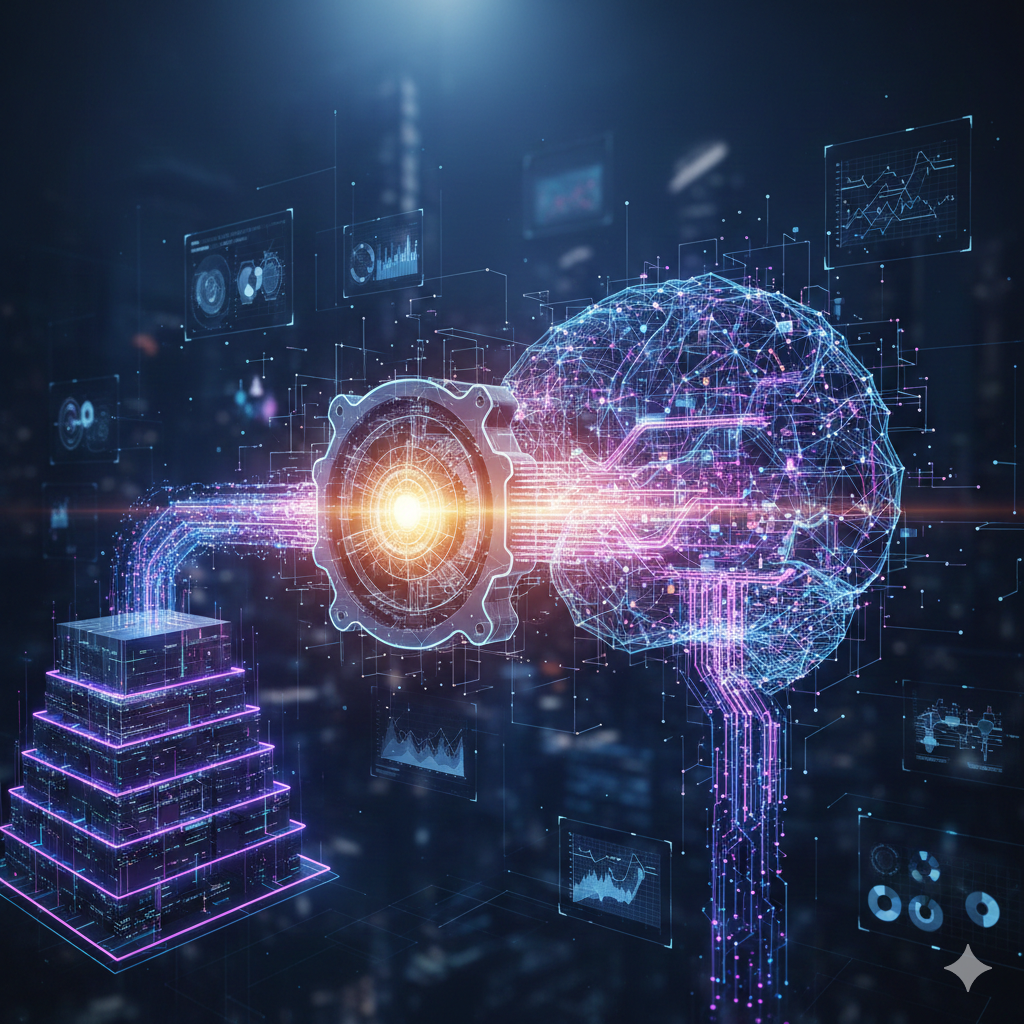
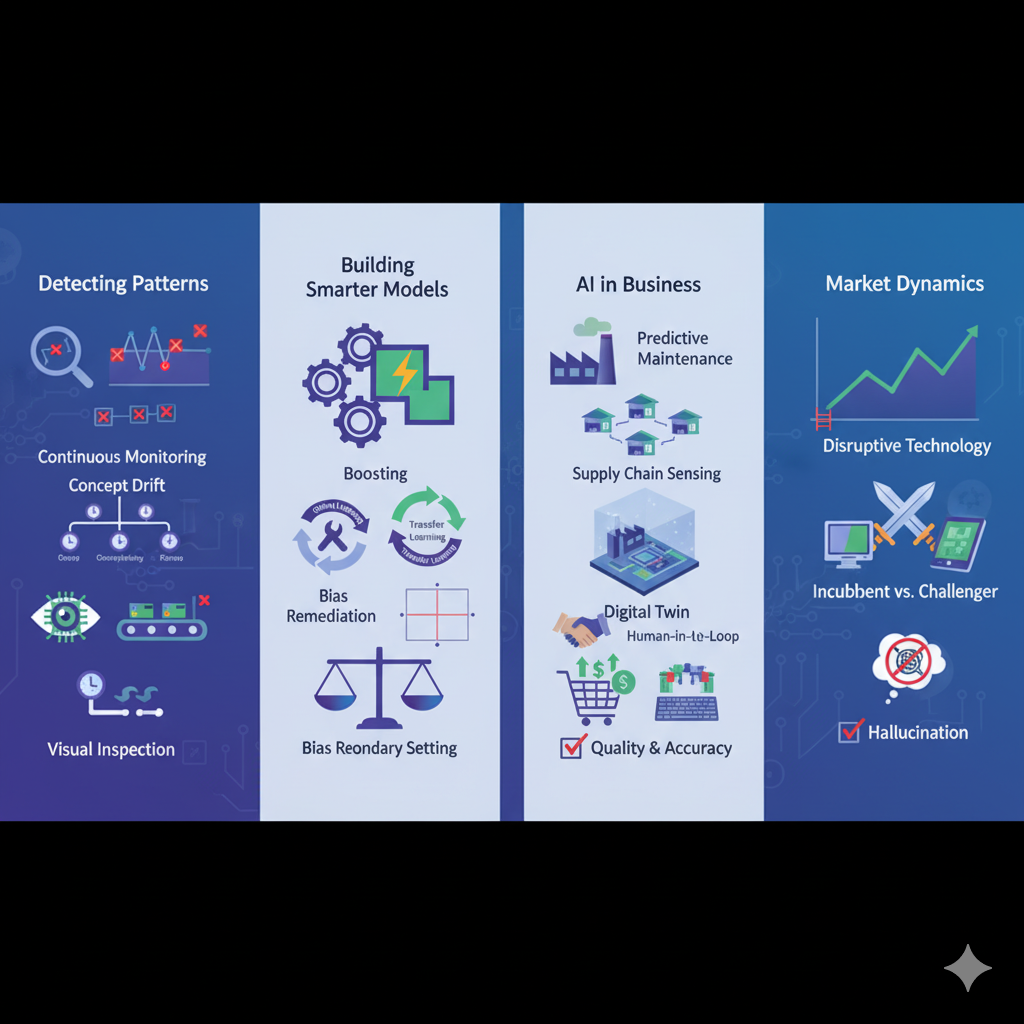
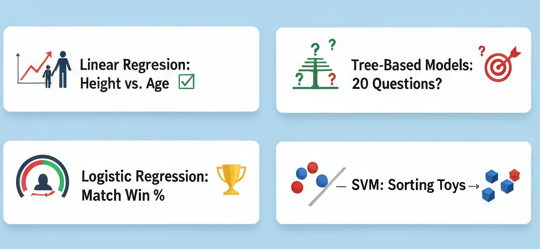
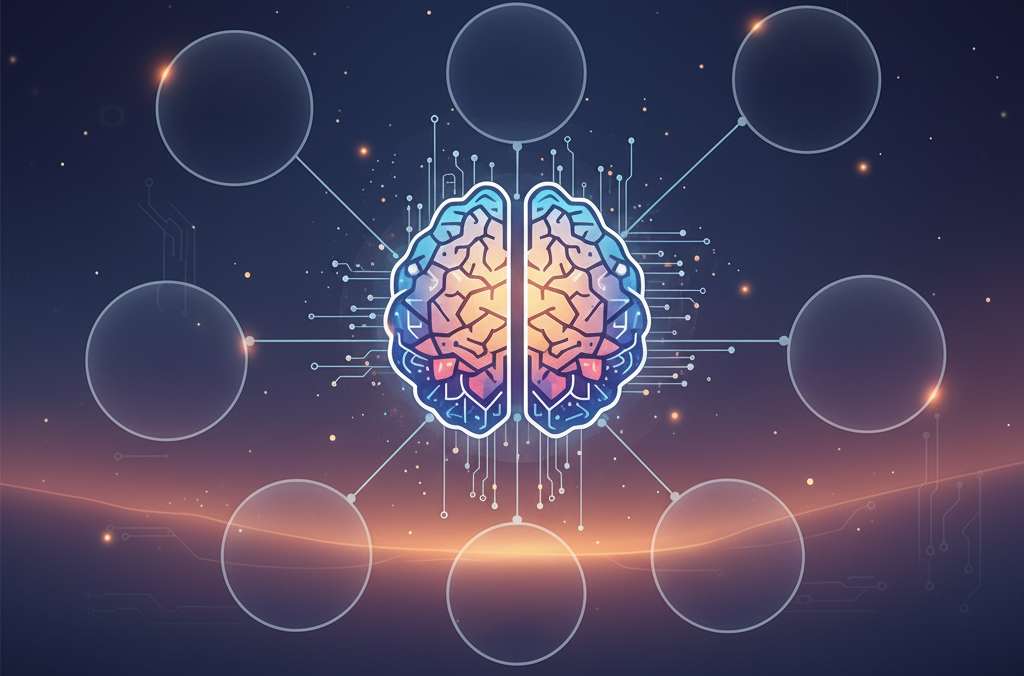

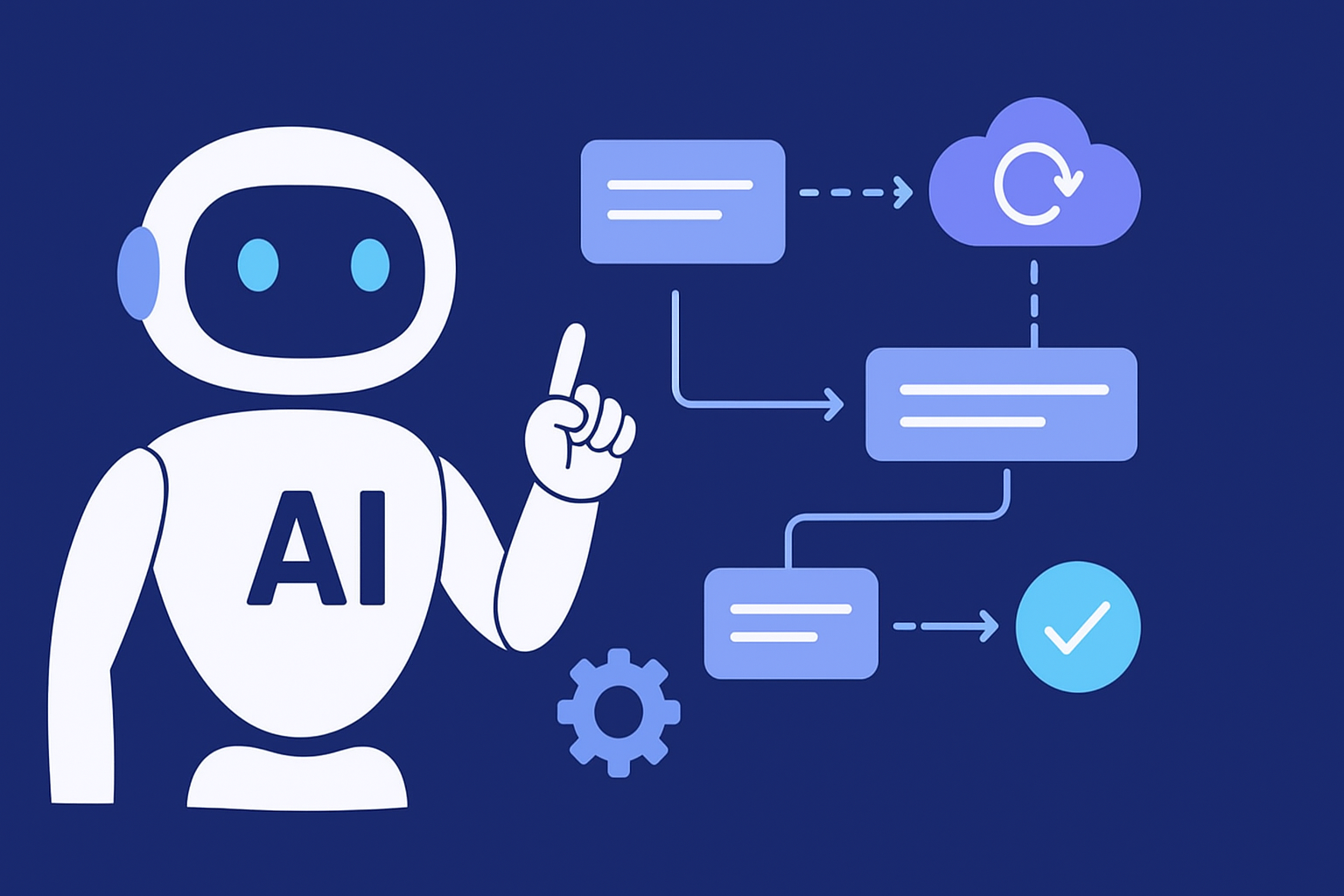

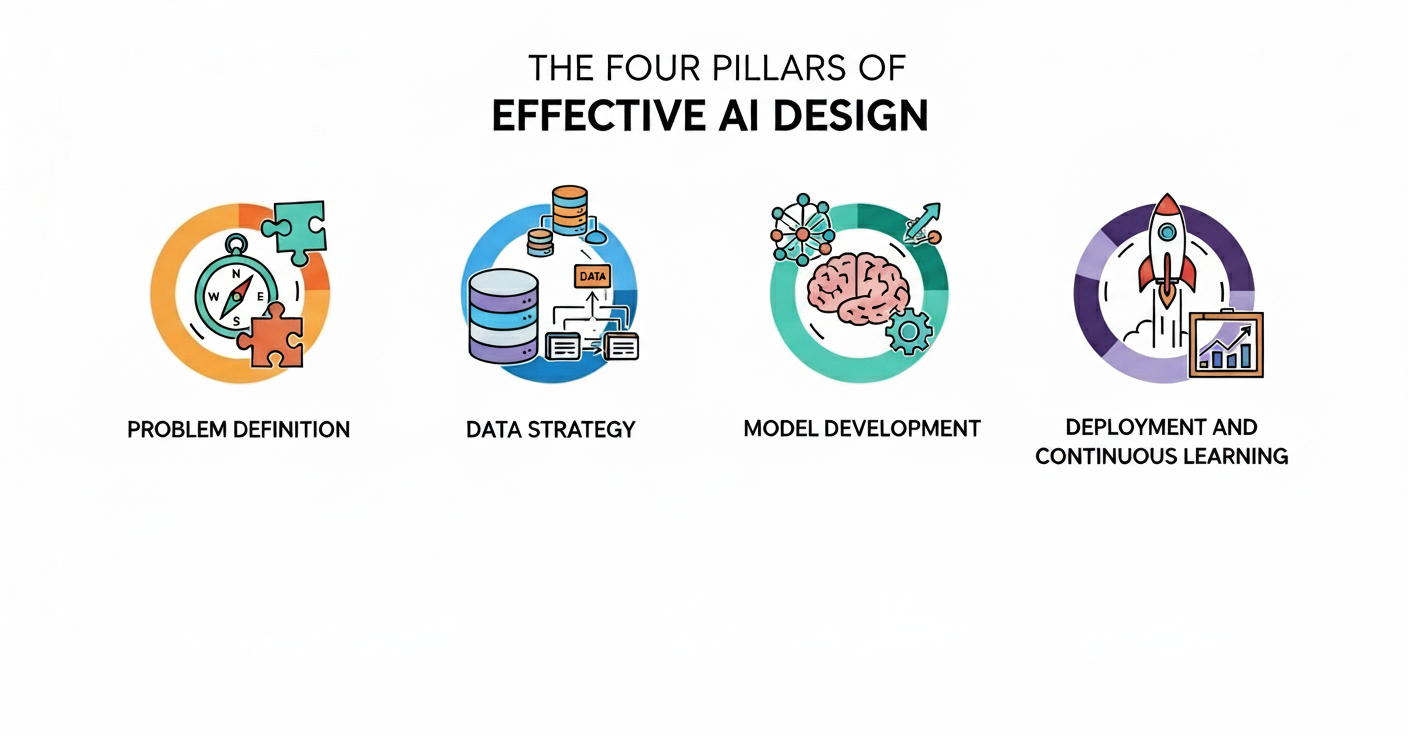
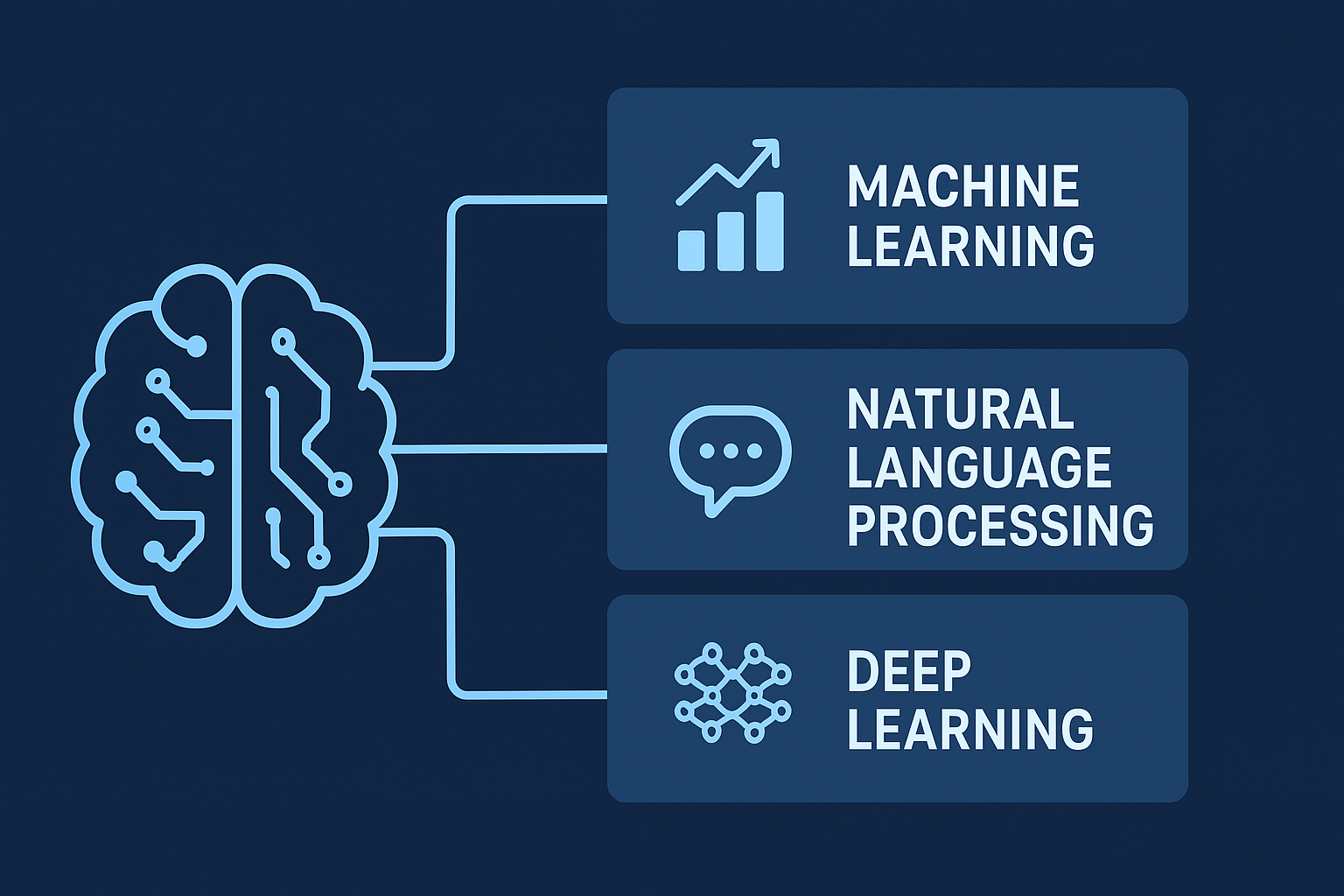
.png)
